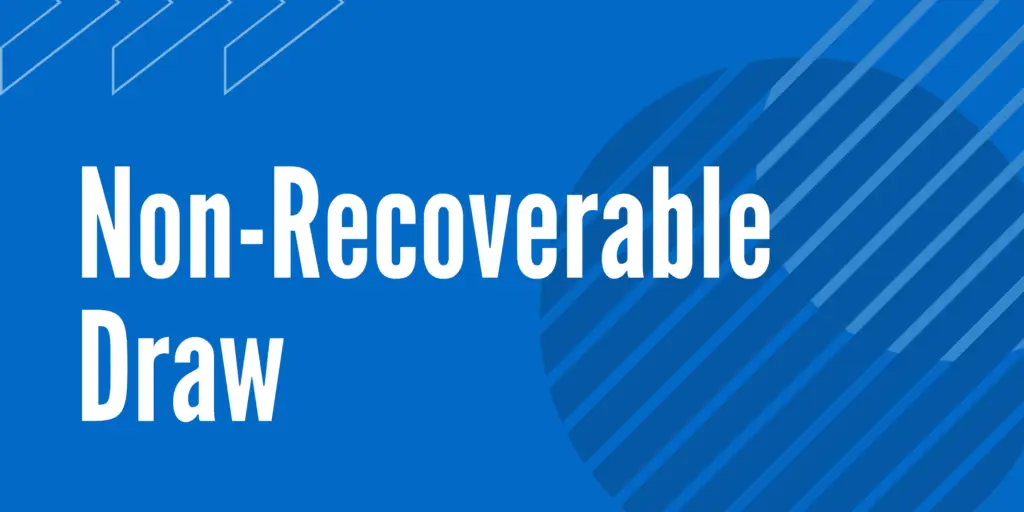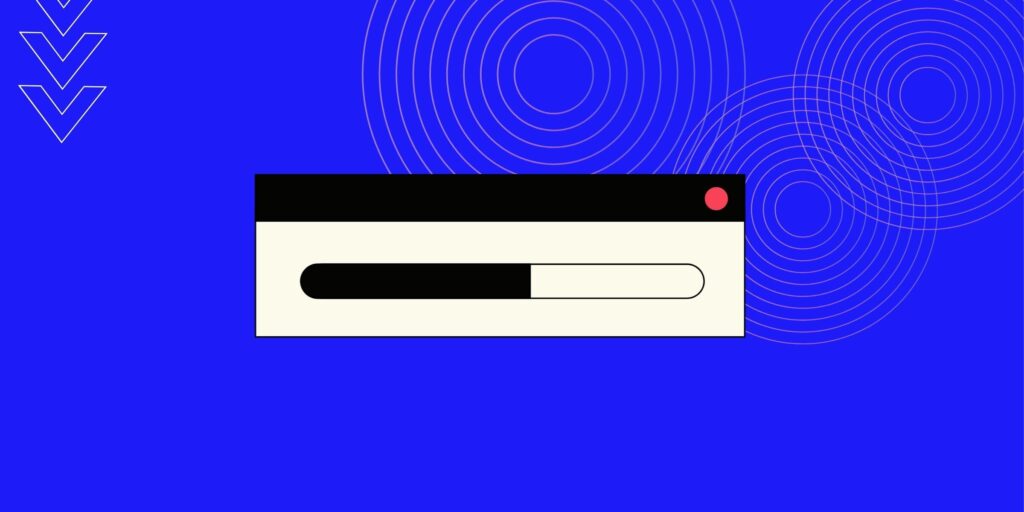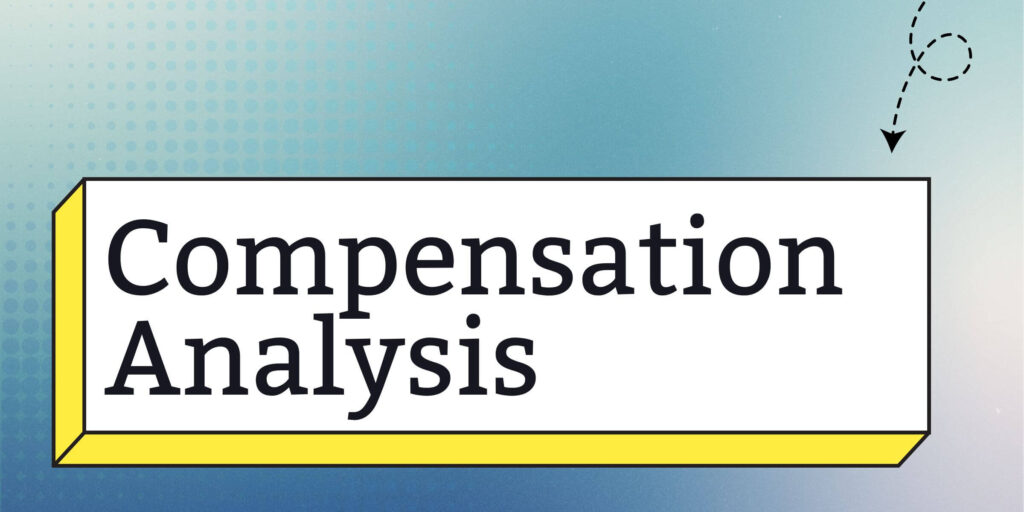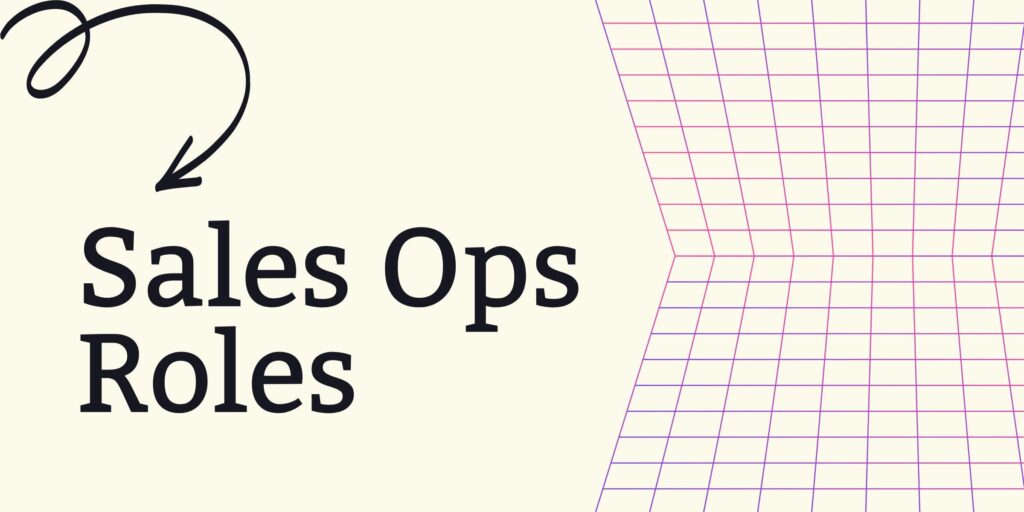When setting up a sales compensation structure for you business, you may be considering a non-recoverable draw to attract high quality sales employees.
In this article we will discuss the different types of draws, their benefits, and how you can implement a non-recoverable draw in a sales compensation plan.
What is a Draw in Sales?
A draw in sales refers to a fixed amount of money paid to a sales representative at the beginning of a pay period. This amount is then deducted from the sales commission earned during that period.
It serves as a safety net, ensuring that salespeople receive a steady income, particularly during slow sales periods.
However, if a sales rep’s commissions do not exceed the draw amount, they may be required to repay the difference in the following pay period.
How Does a Draw Against Commission Work?
A draw against commission works as an advance against future commission earnings.
At the start of a pay period, a sales rep receives a predetermined draw amount. As the sales rep makes sales throughout the pay period, they earn commissions.
At the end of the period, the total amount of the draw is subtracted from the earned commissions. If the sales commissions are more than the draw, the salesperson keeps the difference.
However, if the future commissions are less than the draw, the salesperson either pays back the difference in the next period or the draw balance carries over as a deficit against future earnings.
Why Do Companies Offer Commission Draws?
Companies offer commission draws primarily to attract and retain talented sales personnel.
This practice provides sales representatives with a level of financial stability, ensuring they have a guaranteed minimum commission payment during low sales periods to meet their basic living expenses.
Draws can prove particularly beneficial in the context of seasonal businesses. Seasonal sales positions often face periods of high volatility, with sales spiking during peak seasons and plunging during off-peak times.
Moreover, it can motivate sales reps to strive for higher sales to exceed their draw amount, thus fostering a competitive, performance-driven environment.
Lastly, commission draws can help companies manage their payroll expenditure, as they only pay out additional commission when sales employees exceed their draw amount, aligning the company’s interests with those of their sales organization.
Types of Draw Against Commission
There are two primary types of draw against commission: recoverable draws and non-recoverable draws.
Recoverable Draws
Recoverable draws are the most common type. In this system, the sales representative must “pay back” any draw amount that exceeds the commission earned in that pay period.
This deficit is typically carried over to the next pay period, as illustrated in the example above with Jane.
While this type provides a certain level of income stability for sales reps, it also places a burden on them to consistently generate enough sales to meet their draw.
Recoverable Draw Example
Consider John, a sales rep with a recoverable draw agreement. His employer sets his draw at $3000 at the beginning of the pay period. By the end of this period, John earns a commission of $2000 from his sales.
Under a recoverable draw system, John has a deficit of $1000 ($3000 – $2000). This deficit will be carried over to the next pay period. So, if John earns a commission of $4000 in the subsequent period, his employer will subtract the previous deficit of $1000, leaving John with a net commission of $3000 ($4000 – $1000).
Despite John not meeting his commission draw in the first period, he still received a steady income. However, the deficit was rolled over to the next period, incentivizing him to make more sales to cover the previous shortfall.
Non-Recoverable Draws
Non-recoverable draws, on the other hand, do not require the sales representative to repay the difference if their commissions do not exceed the draw amount in a given pay period.
This type tends to be less common, as it places more risk on the employer. However, non-recoverable draws can serve as a powerful incentive for attracting talented salespeople, as it offers more income stability and less financial risk compared to recoverable draws.
Non-Recoverable Draw Example
To demonstrate the concept of a non-recoverable draw, let’s consider Lisa. Lisa is a sales rep who receives a non-recoverable draw against commission.
Her employer sets her draw at $3000 at the start of the pay period. By the end of the period, Lisa makes sales that earn her a commission of $2000.
Under the non-recoverable draw system, Lisa isn’t obligated to repay the $1000 shortfall ($3000 – $2000). This shortfall does not carry over to the next pay period.
In the subsequent pay period, if Lisa earns a sales commission of $4000, she will keep the entire amount, despite not meeting her draw in the previous period.
Pros and Cons of Non-Recoverable vs Recoverable Draws
Non-Recoverable Draw
Pros
-
Less pressure on salespeople: With a non-recoverable draw, salespeople have the security of a minimum salary without the stress of repaying any shortfall in commission.
-
Attract and retain talent: This method can attract high-quality salespeople who value the financial security it offers, potentially reducing turnover.
Cons
-
Greater financial risk for employers: If a salesperson’s commission doesn’t cover the draw amount, the employer absorbs the cost. This could potentially lead to financial losses.
-
Potentially less motivation: Salespeople might feel less motivated to reach their full quota, as their pay isn’t directly tied to their sales performance.
Recoverable Draw
Pros
-
Lower financial risk for employers: The risk is shifted onto the salespeople, who must pay back any shortfall in their commission earnings from the previous month.
-
Encourages high sales performance: Because of the potential for repayment, salespeople might feel more incentivized to meet or exceed their sales targets.
Cons
-
Increased pressure on salespeople: Salespeople might feel stress to meet their targets in order not to carry a debt into the following month.
-
Potential for turnover: If salespeople frequently struggle to meet their draw, they might be more likely to seek employment elsewhere.
Implementing a Non-Recoverable Draw in a Sales Compensation Plan
Implementing a non-recoverable draw against commission in a sales compensation strategy can be instrumental in attracting and retaining top talent while simultaneously motivating sales team performance. Here are the steps to effectively use this approach:
-
Set a Draw Amount
The first step is determining a fair and motivating draw amount. This should be a figure that provides a livable wage for the sales rep, keeping in mind industry standards, the living expenses in the salesperson’s area, and the salesperson’s experience level.
-
Communicate Clearly
Ensure that the sales reps understand how the non-recoverable draw structure works. They should be aware that they will receive the draw amount irrespective of their sales performance in a given period and that they will not be required to repay any shortfall.
-
Monitor Performance
Regularly track and review the salesperson’s performance. While non-recoverable draws remove some pressure, sales reps should still be encouraged to strive for and exceed sales goals. Regular performance reviews can help identify areas for improvement and ensure sales targets are being met.
-
Adjust Accordingly
Be prepared to adjust the draw amount if necessary. If a salesperson consistently fails to exceed the non-recoverable draw amount, it might be necessary to reassess the draw or reconsider the salesperson’s fit for the role.
Key Takeaways
In conclusion, both non-recoverable and recoverable draw systems carry their own unique set of advantages and disadvantages, and the choice between the two largely depends on the specific dynamics of your sales team and business model.
Non-recoverable draws can be an effective tool for attracting skilled sales reps and providing a level of stable income, while recoverable draws can incentivize consistent high performance and reduce financial risk for the employer.
It is crucial for businesses to consider their overall sales strategy, financial capacity, and the motivation and morale of their sales team when implementing a draw system.
Remember, the ultimate goal of any sales compensation plan is to drive sales success and foster a motivated, high-performing team.







